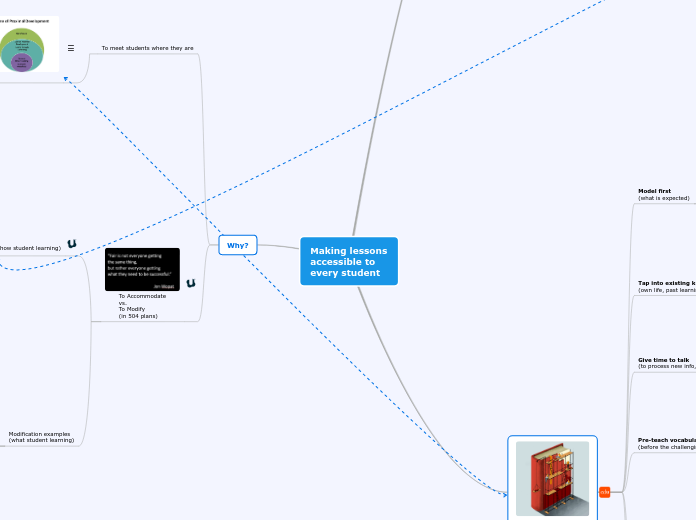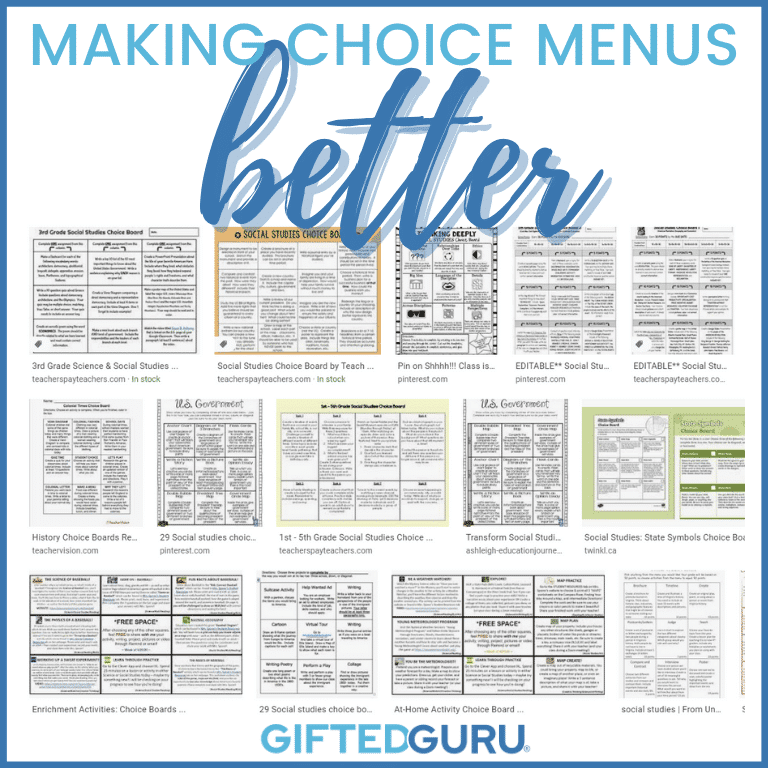Making lessons accessible to every student
Differentiate the task
...based on...

...elements of the class...
1) Content
essay prompts/research topic
materials
time
2) Processes
3) Product to generate
ways of assessing
ways of expressing learning
4) learning environment
grouping options
...students'...
Learning ability (i.e. goal)
(so not "under-achievers")
Readiness to learn
personal circumstance
external factors
(poverty, family violence)
internal
(lack of confidence, anxiety)
low emotional, physical maturity
if falling asleep,
sit at back of class to complete task
(not go out for a walk)
Universal Design for Learning
Model first
(what is expected)

Fishbowl
(center group models for outside group)
Think aloud
(your thought process, solve a problem)
Tap into existing knowledge
(own life, past learning, current events)
Question prompts
Image prompts
Article
Give time to talk
(to process new info, ideas)
Think-Pair-Share
Turn-and-Talk
(face/shoulder buddy)
Triad Teams
Pre-teach vocabulary
(before the challenging text)
in context
with photos
using analogies and metaphors
during Bell Ringer
Use visual aids
(to represent relationships,
sequence, cause-effect)

mind map
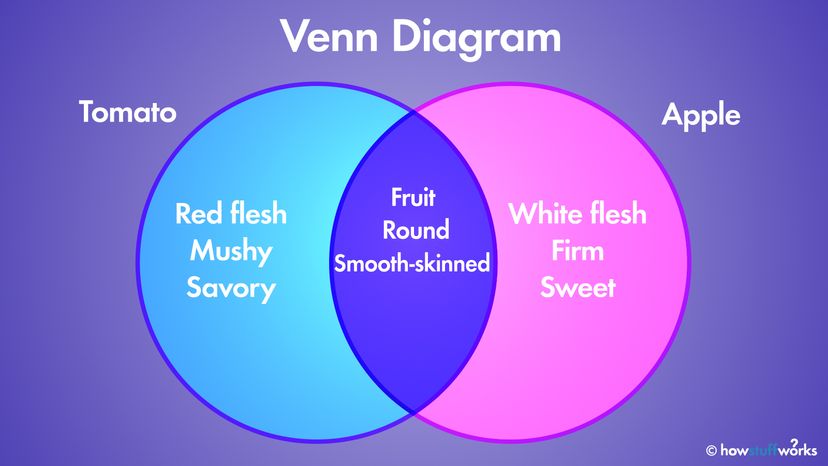

essay template
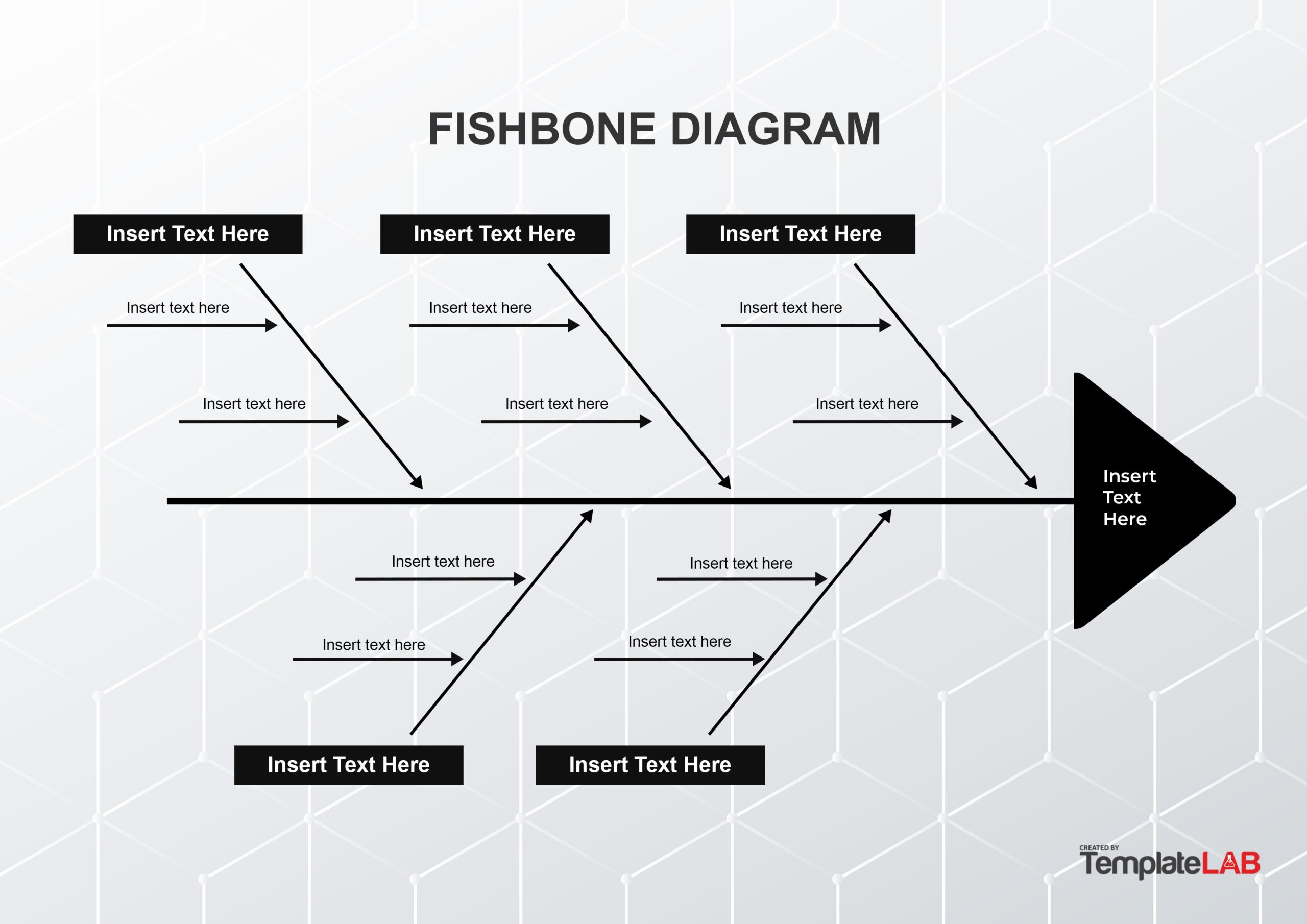
fish
Pause, Ask Qs, Pause, Review
first, provide individual reflective writing time
first, discuss in pairs
hold during uncomfortable silence
Why?
To meet students where they are

eye glasses
extra time for same test
browser functions:
dictation, spell check, TTS/display (Immersive Reader)
Student choice
Can complete project in format of choice
Sit where they want
Record lesson or get from others instead of taking notes
See written list of instructions
Tests in smaller group settings

Exercise bands for fidgetty students
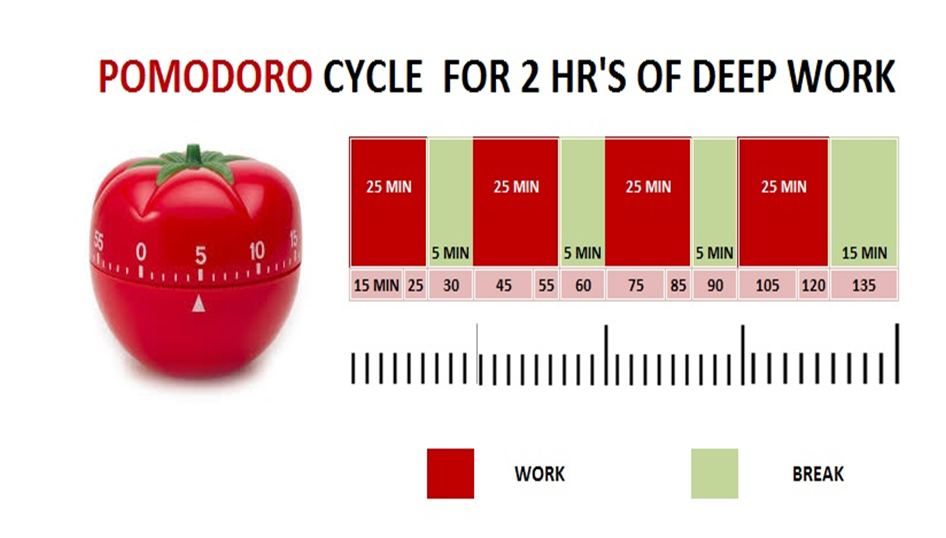
Take breaks
Study skills workshops
Modification examples
(what student learning)
Newslea (same content at lower/higher reading level)
reduced number of laps to run
reduced learning objectives
